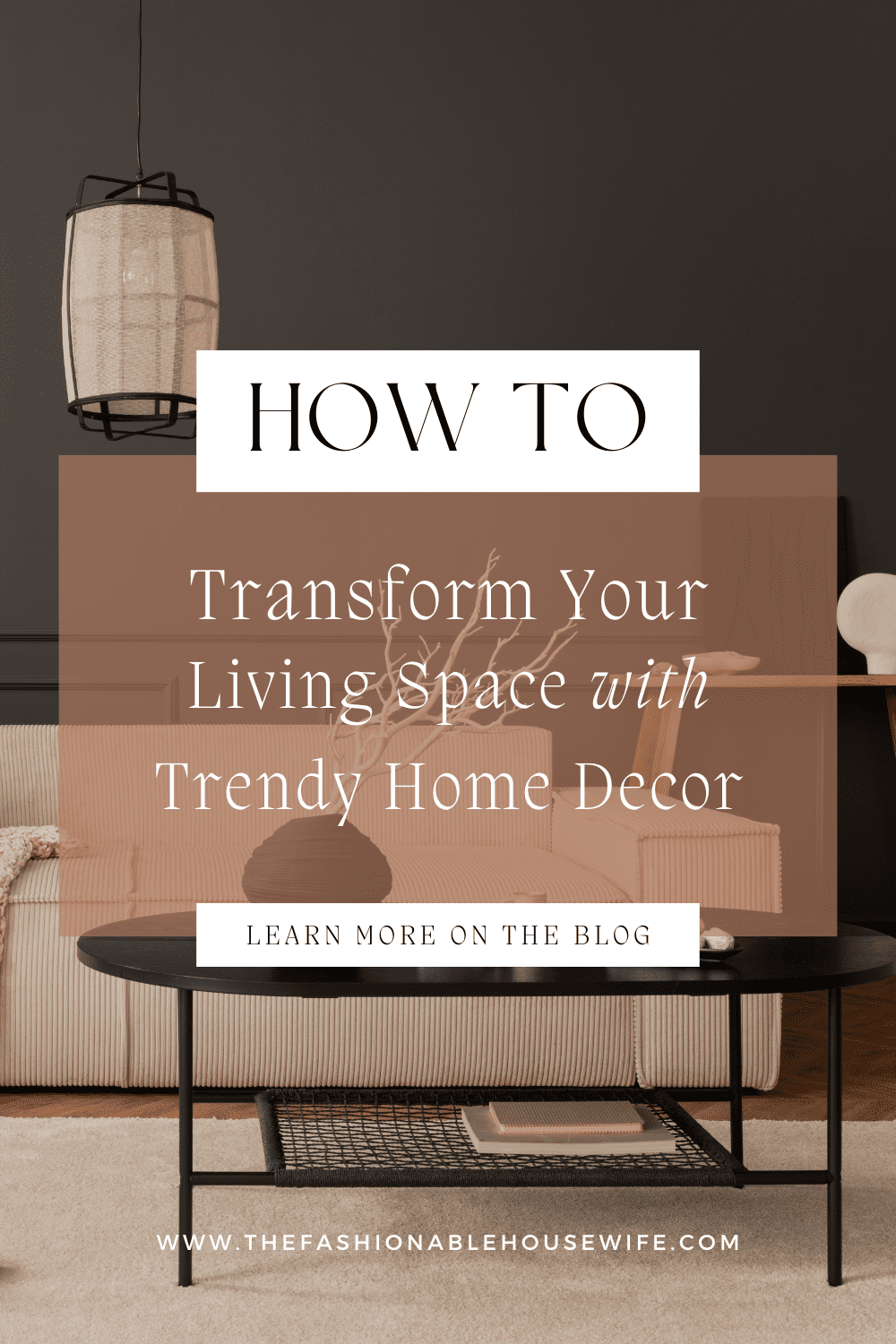How to Transform Your Living Space with Trendy Home Decor
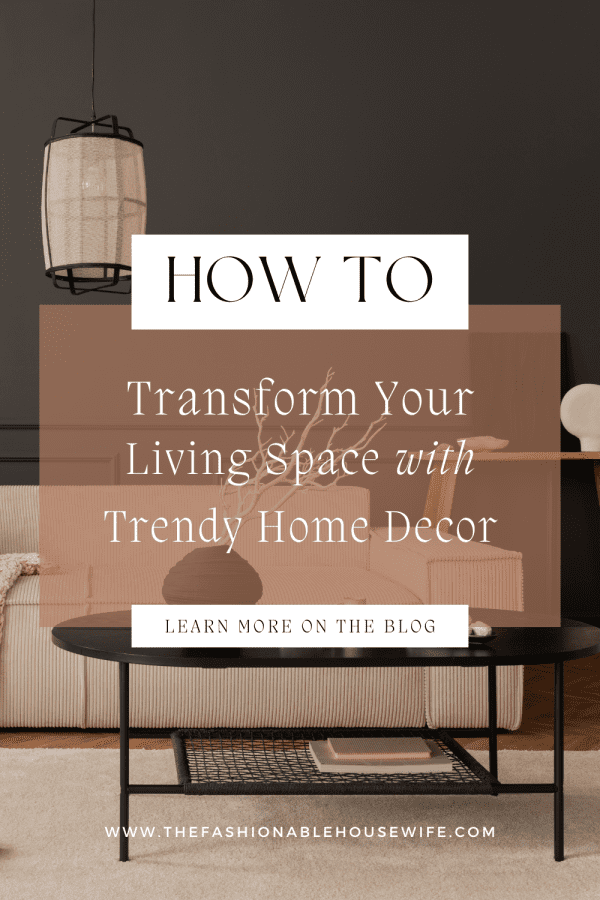
Amidst the hustle and bustle of daily life, your home ought to serve as a sanctuary, reflecting your style and bringing you joy. By embracing the right home decor trends and modern ideas, you can transform your living space into a trendy, functional, and inviting haven without raiding an Italian furniture store!
In this guide, we’ll explore various aspects of home decor transformation, from minimalist living room decor to lighting ideas for living room, and everything in between.
Embrace Minimalism with Maximum Impact
Incorporate Clean Lines and Open Spaces
Minimalism isn’t just a passing trend; it’s a lifestyle choice that champions ‘less is more.’ By embracing minimalist principles, you create a space that feels open, airy, and inherently peaceful.
Furniture Selection: Opt for pieces with clean, straight lines and simple forms. A sleek, low-profile sofa or a dining table with tapered legs can make a room feel more spacious. Avoid ornate details or overly bulky items that can make a space feel cramped. Emphasize quality and sustainability by choosing furniture made in America, which often features superior craftsmanship and timeless designs. With their attention to detail and durability, American-made couches can serve as stylish and comfortable focal points in your living room.
Decluttering: This is the heart of minimalism. Start by categorizing your items: keep, donate, or discard. Keep only what you truly need or love. Consider the KonMari method: hold each item and ask if it sparks joy. If not, thank it for its service and let it go.
Open Floor Plan: If your home layout allows, consider removing non-load-bearing walls to create an open floor plan. This not only makes your space feel larger but also promotes better flow and social interaction. If structural changes aren’t feasible, use furniture placement to define zones without obstructing sightlines.
| Tip: The 90/90 Rule for DeclutteringIf you haven’t used an item in the last 90 days and don’t plan to use it in the next 90, it’s a strong candidate for removal. This rule helps you differentiate between items you need and those just taking up space. |

Utilize Neutral Palettes
Neutral colors are the unsung heroes of minimalist decor tips. They create a serene backdrop that allows your carefully chosen decor pieces to shine.
| Tip: The 60-30-10 Color Rule in NeutralsApply the classic 60-30-10 rule with neutrals. Use your primary neutral (like white) for 60% of the room, a secondary neutral (like gray) for 30%, and your accent color for 10%. This creates a balanced, harmonious space. |
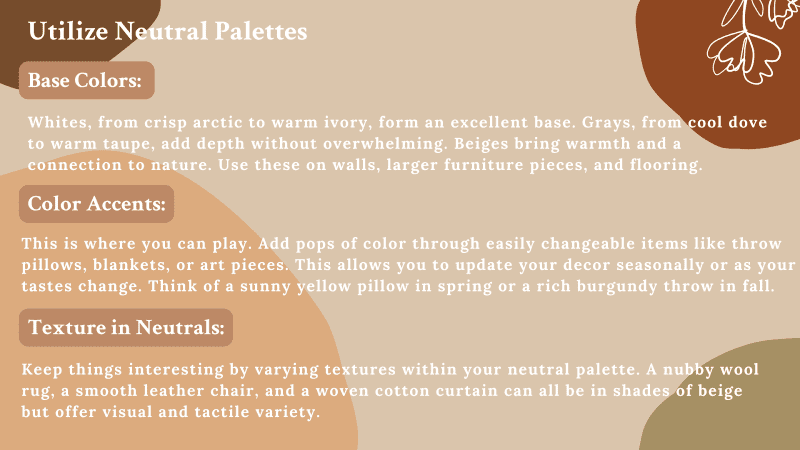
Integrate Natural Elements
Bring the Outdoors In
After establishing your minimalist base, it’s time to infuse life and warmth into your space with natural elements. This not only adds visual interest but also contributes to your well-being.
Highlight Architectural Features
Natural home decor elements might already be part of your home’s structure, and exposing and celebrating these can add character without adding clutter.
Exposed Elements: If you have wooden beams, brick walls, or hardwood floors hiding under the carpet, consider exposing them. These elements add texture, history, and a touch of modern rustic decor. An exposed brick wall can be a stunning backdrop for a minimalist art piece.
Natural Light: This is perhaps the most important natural element. Remove heavy drapes and opt for sheer curtains or minimal blinds. If possible, enlarge windows or add skylights. Natural light not only makes spaces feel larger but also boosts mood and helps regulate your circadian rhythm.
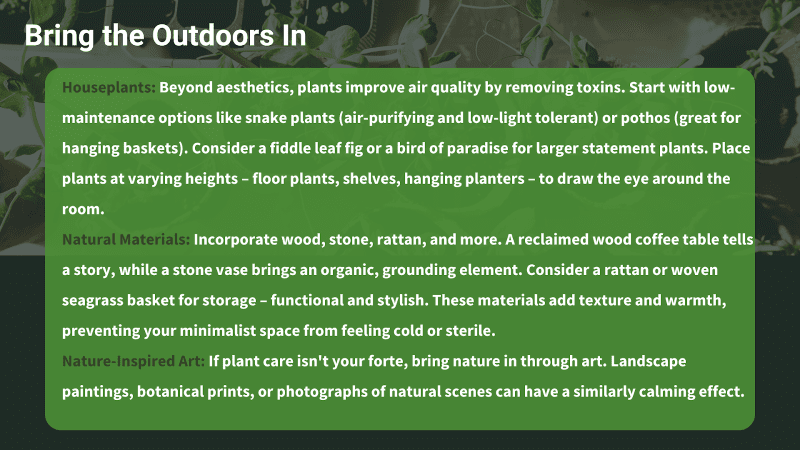
Play with Patterns and Textures
Mix and Match Patterns
With your calm, nature-infused base, it’s time to add depth and personality through patterns. This is where minimalism meets personal expression.
- Scale Variety: Combine large, medium, and small-scale patterns. A large-scale floral on curtains, a medium geometric on a rug, and a small polka dot on cushions can coexist beautifully. The key is to vary the scale so patterns don’t compete.
- Pattern Types: Mix organic patterns (florals, botanicals) with geometrics (stripes, chevrons). This contrast adds dynamic visual interest. For example, pair a soft, watercolor floral pillow with a sharp, black-and-white striped throw.
- Color Connection: Ensure your patterns share at least one color. This creates cohesion amidst the variety. A blue and white striped rug can harmonize with blue floral curtains and a white and gold geometric vase.
- Neutrals in Patterns: Patterned doesn’t mean colorful. Experiment with neutral patterns – a cream and beige herringbone throw on a white and gray striped chair maintains your minimalist palette while adding depth.
Layer Textures for Depth
Texture is the secret ingredient that takes a minimalist space from flat to fabulous. It adds dimension, invites touch, and makes a room feel complete.
- Textile Variety: Move beyond just cotton. Include luxe velvet cushions, nubby wool throws, smooth linen curtains, and perhaps a silk lampshade. Each brings a different tactile experience and light-reflecting property.
- Texture in Furniture: Think beyond upholstery. A rough-hewn wooden side table, a smooth marble-top coffee table, and a rattan accent chair provide textual interplay.
- Walls and Floors: These large surfaces are texture opportunities. Consider a textured paint technique like limewash for subtle depth, or a heavily textured rug like a deep-pile Moroccan style to contrast with sleek, minimalist-made furniture.
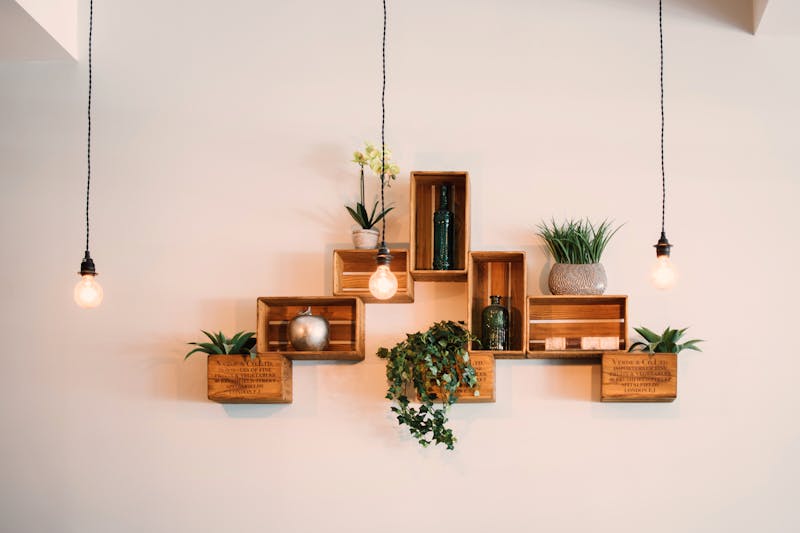
Focus on Lighting
Utilize Natural Light
Having set a rich tapestry of patterns and textures, the next focus is on lighting. Natural light can make any room feel more open and welcoming.
To maximize natural light:
- Use sheer curtains to let light in while maintaining privacy.
- Place mirrors strategically to reflect light and create the illusion of more space.
- Consider installing skylights or large windows to flood your space with daylight.
Choose Statement Lighting
While natural light is crucial, the right artificial lighting can transform your space:
- Add dramatic lighting fixtures like chandeliers, pendant lights, or floor lamps as focal points.
- Use dimmable lights to adjust the ambiance as needed.
These home lighting solutions and decorative fixtures not only illuminate your space but also serve as artistic elements in your decor.
Incorporate Modern Art and Decor
Feature Statement Art Pieces
Art is the soul of a room. In a minimalist space, each piece carries more weight, so choose wisely and display thoughtfully.
- Scale and Impact: In minimalist decor, bigger can be better. A large-scale abstract canvas above a sofa or an oversized black-and-white photograph in a simple frame can be breathtaking. These pieces become focal points, thereby anchoring the room.
- Gallery Walls: For a more eclectic feel, consider creating a gallery wall. Mix mediums (paintings, prints, photographs) and frames (sleek black, raw wood, ornate gold) for interest. Unify with a common color thread or theme. Start with your largest piece at eye level and build around it.
- Functional Art: Consider pieces that are both beautiful and useful. An intricately patterned ceramic bowl on a coffee table, a handblown glass pendant light, or a handwoven wall hanging that doubles as a sound dampener.
- Rotating Displays: Keep a picture rail or a few empty frames. This allows you to swap art seasonally or as your tastes evolve, keeping your space fresh without major redecoration.
Use Modern Decor Elements
Modern decor walks the line between form and function, celebrating both in equal measure.
- Mixed Metallics: Gone are the days of matching all metals. Mix polished nickel faucets with brass light fixtures and matte black hardware. This eclectic mix adds depth and avoids a “matchy-matchy” look.
- Vintage Meets Modern: Pair a sleek, low-profile sofa with a vintage mid-century chair, or a modern glass dining table with retro vinyl chairs. This juxtaposition creates a collected, personalized feel.
- Geometric and Organic: Balance hard and soft lines. A round jute rug under an angular coffee table, or a soft, blob-shaped vase on a square side table creates visual harmony.

Update with Trendy Colors
Explore Popular Paint Colors
To wrap up your transformation, updating your living space with trendy colors can make a significant difference:
- Experiment with charcoal gray, warm neutrals, or soft pastels on your walls.
- Use accent walls to add depth and character. Many homeowners prioritize accent walls during renovations.
Designers and consumers often prefer neutral colors for walls, ensuring a timeless appeal. This allows you to experiment with bolder colors in your decor without overwhelming the space.
Add Color Through Accessories
Keep your base neutral but lively by:
- Introducing vibrant colors through cushions, rugs, and artwork.
- Switch out these items seasonally to keep your decor fresh and aligned with current home decor colors.
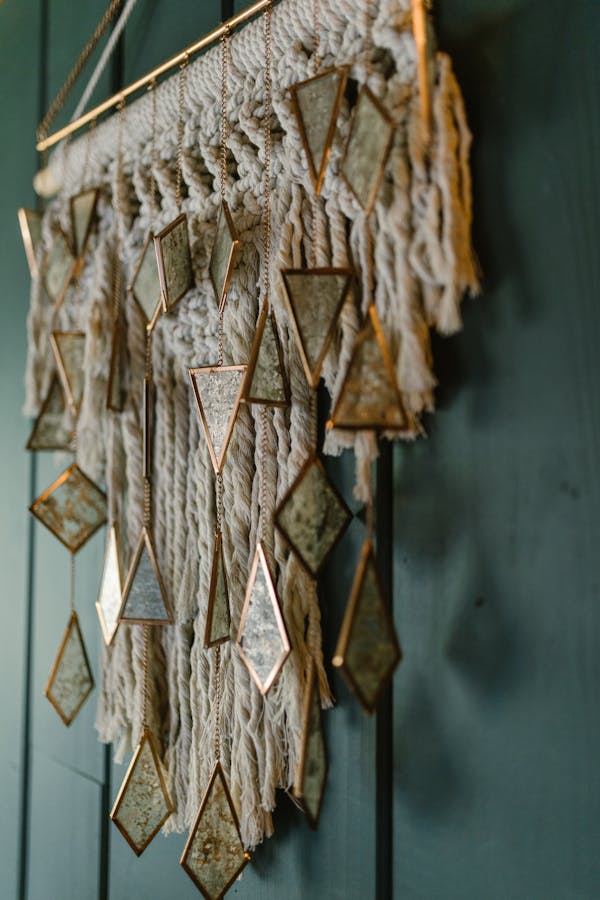
FAQs
How can I balance minimalism with personal style?
Use meaningful, multipurpose decor. A vintage vase as a statement piece, a handwoven throw for texture and warmth, or a gallery wall of cherished photos. Minimalism isn’t about bareness; it’s about curating your space with intention, ensuring every item has a purpose and resonates with you.
What’s an easy way to refresh my space seasonally?
Focus on interchangeable elements. Swap out throw pillow covers, change artwork in gallery frames, or rotate area rugs. For a bigger impact, repaint a single accent wall. Nature-inspired colors—spring pastels, summer blues, autumn oranges—keep your home in tune with the seasons.
How can lighting transform my home’s ambiance?
Layer your lighting. Use dimmable overhead lights for general ambiance, task lamps for reading or work, and accent lights to highlight art or plants. Smart bulbs can adjust color temperature—cool in the morning for energy, warm in the evening for relaxation.
Conclusion
Transforming your living space with trendy home decor is about creating a sanctuary that reflects your style and nurtures your well-being. By embracing minimalism, integrating nature, playing with patterns and textures, focusing on lighting, incorporating modern art, and updating with trendy colors, you craft a space that’s not just stylish, but deeply personal and inviting.

